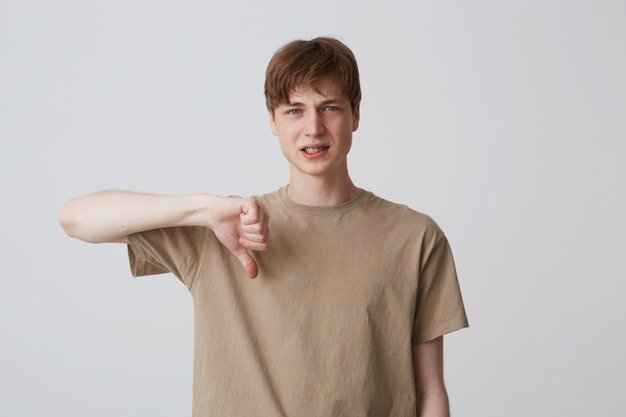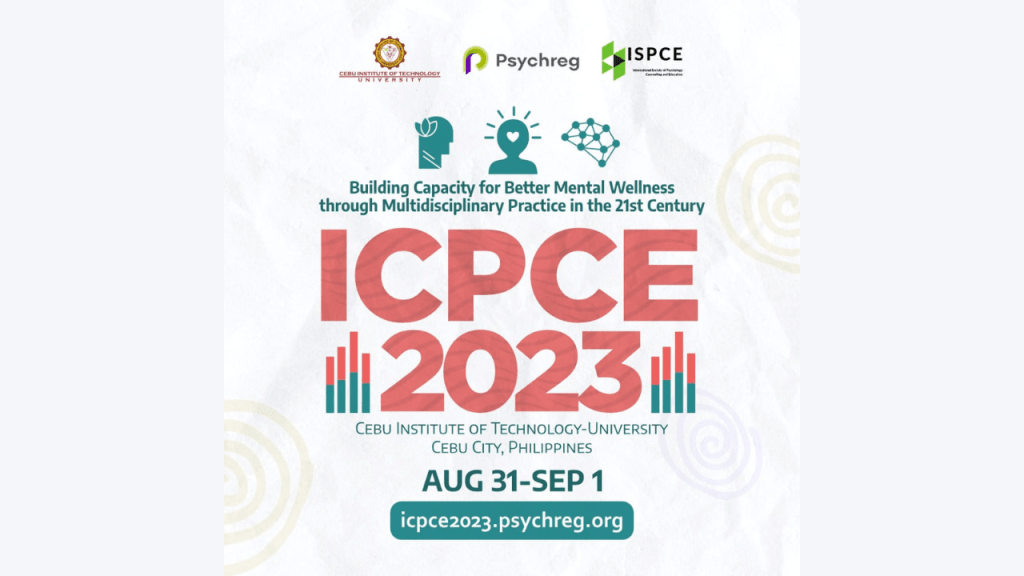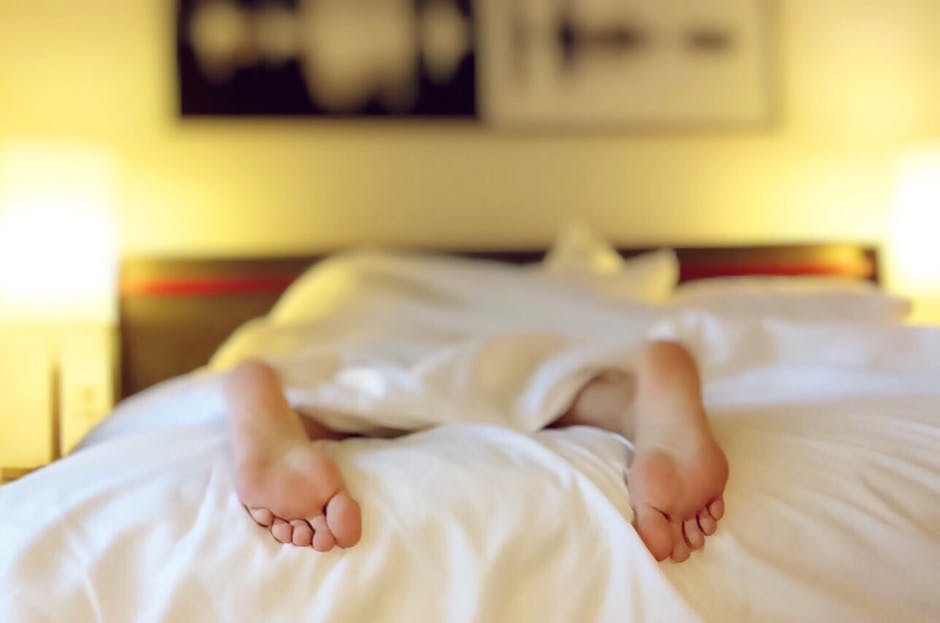Art therapy is a form of therapy that uses the creative process of making art to improve a person’s physical, mental, and emotional well-being. It is a holistic approach that combines psychology and art to help individuals express themselves and explore their inner feelings and emotions.
Art therapy techniques can be used to treat a wide range of mental health issues such as anxiety, depression, PTSD, and addiction. These techniques can also be used to enhance communication, boost self-esteem, and promote self-awareness.
Mandala drawing
Mandala drawing is a technique that involves creating a circular design using geometric shapes, symbols, and patterns. The word mandala comes from the Sanskrit word for circle, and it is used to represent wholeness and unity.
Mandala drawing can be used as a form of meditation and relaxation. It can help to reduce stress and anxiety, improve focus and concentration, and promote feelings of calm and tranquillity.
To create a mandala, all you need is a piece of paper and some drawing tools such as pencils, markers, or crayons. Start by drawing a circle in the centre of the page and then create a design around it using various shapes and patterns.
Collage
Collage is a technique that involves combining different materials and images to create a cohesive piece of art. It can be used to express emotions, explore themes, and tell stories.
Collage can be a therapeutic activity because it allows individuals to express themselves in a non-verbal way. It can also help to boost self-esteem and promote creativity.
To create a collage, gather a variety of materials such as magazines, newspapers, photographs, and fabric scraps. Cut out images and shapes that resonate with you and arrange them on a piece of paper or canvas.
Scribble drawing
Scribble drawing is a technique that involves making random marks on paper using a pen or pencil. It is a form of automatic drawing that allows individuals to express themselves freely without the constraints of form or structure.
Scribble drawing can be a therapeutic activity because it allows individuals to access their unconscious minds and express deep emotions and feelings. It can also help to boost creativity and promote self-awareness.
To create a scribble drawing, simply start making random marks on a piece of paper without thinking about the outcome. Allow your hand to move freely and let the lines and shapes emerge organically.
Paint pouring
Paint pouring is a technique that involves pouring liquid paint onto a surface and then tilting the surface to create abstract patterns and designs. It can be used to express emotions, explore color, and promote mindfulness.
Paint pouring can be a therapeutic activity because it allows individuals to let go of control and surrender to the creative process. It can also help to reduce stress and anxiety and promote relaxation.
To create a paint pouring, mix acrylic paint with pouring medium and then pour the mixture onto a canvas. Tilt the canvas in different directions to create abstract patterns and designs.
Sculpture
Sculpture is a technique that involves creating three-dimensional objects using a variety of materials such as clay, paper, or found objects. It can be used to explore themes, express emotions, and promote self-awareness.
Sculpture can be a therapeutic activity because it allows individuals to express themselves in a tactile way. It can also help to boost self-esteem and promote creativity.
To create a sculpture, gather materials such as clay, paper, or found objects and start shaping and moulding them into a three-dimensional object. Allow your imagination to guide you and let the sculpture emerge organically.
Final thoughts
Art therapy techniques can be a powerful tool for improving mental health and well-being. The techniques discussed in this blog post, including mandala drawing, collage, scribble drawing, paint pouring, and sculpture, can be used to promote self-awareness, reduce stress and anxiety, boost creativity, and improve communication.
Whether you are struggling with a mental health issue or simply looking for a way to enhance your well-being, art therapy techniques can provide a safe and effective means of self-expression and self-exploration. So why not give them a try and see how they can benefit you?
David Radar, a psychology graduate from the University of Hertfordshire, has a keen interest in the fields of mental health, wellness, and lifestyle.




























